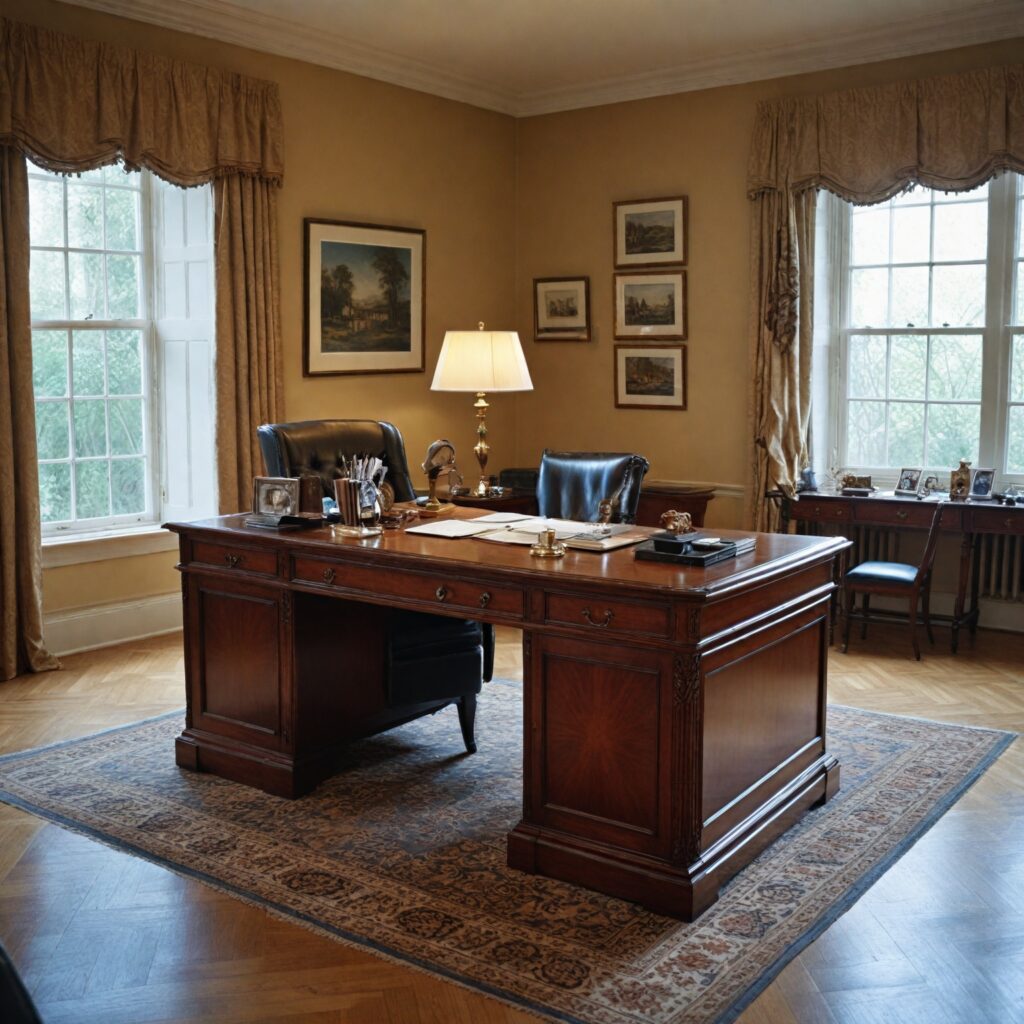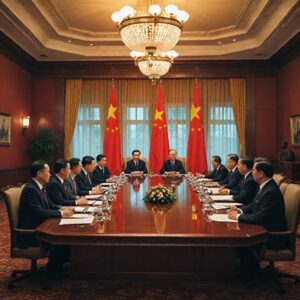
Highlights:
– LVMH’s shares plunged 8%, losing its top luxury firm position to Hermès after a first-quarter sales decline.
– The luxury sector faces headwinds from global trade tensions and economic uncertainty.
– The impact of tariffs on luxury brands and consumer demand is a key concern.
The Changing Landscape of Luxury Retail
The recent tumble in LVMH’s shares highlights a shift in the luxury retail landscape. Once the dominant force in the sector, the unexpected decline in first-quarter sales has raised concerns about the industry’s resilience amidst challenging market conditions. As LVMH faced a 3% drop in sales, it relinquished its top spot to rival Hermès, signaling a potential change in the hierarchy of luxury firms.
The ripple effect of LVMH’s performance extended to the broader sector, with key players like Kering and Burberry also experiencing share declines. This setback comes at a time when luxury stocks were expected to soar post the COVID-19 pandemic, emphasizing the unpredictability and volatility of the market.
The Tariff Conundrum
The luxury sector, highly dependent on global supply chains and consumer demand, is grappling with the uncertainties stemming from shifting trade policies and tariffs. As President Donald Trump’s trade policy continues to evolve, luxury firms like LVMH are navigating the potential impact on input costs and consumer behavior. The industry is closely watching for signals of how luxury brands plan to weather these challenges.
Despite the turbulence, luxury brands are poised to counter the immediate effects of tariffs by leveraging their ability to pass on costs to affluent clientele. However, the looming threat of economic downturns due to tariffs could pose a significant risk to the sector’s recovery trajectory, especially in critical markets like the U.S. and China.
Redefining Luxury in a Complex Market
The repercussions of LVMH’s sales decline and the tariff dilemma underscore the need for strategic resilience and adaptability in the luxury retail landscape. As the sector grapples with geopolitical tensions and market uncertainties, brands must proactively address changing consumer behaviors and economic shifts to sustain growth.
Navigating the complex interplay of global trade dynamics and consumer sentiment requires a delicate balance between pricing strategies, market positioning, and operational agility. The luxury sector’s ability to innovate, resonate with evolving consumer preferences, and uphold brand value amidst external disruptions will determine its resilience in the face of challenges.
In conclusion, the evolving narrative in the luxury retail industry necessitates a closer examination of the sector’s strategies, resilience, and adaptability. How can luxury brands strike a balance between exclusivity and accessibility in a volatile market? What role does consumer sentiment play in shaping the future of luxury retail? How can the sector leverage digital transformation to navigate challenges and drive growth in the post-pandemic era?
Editorial content by Harper Eastwood
















